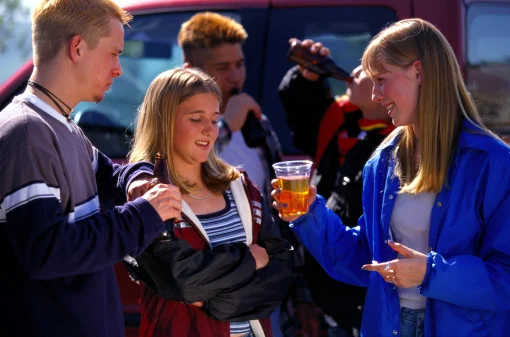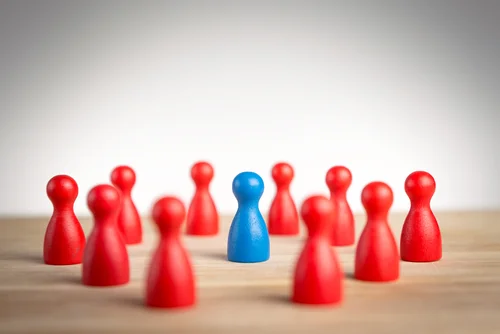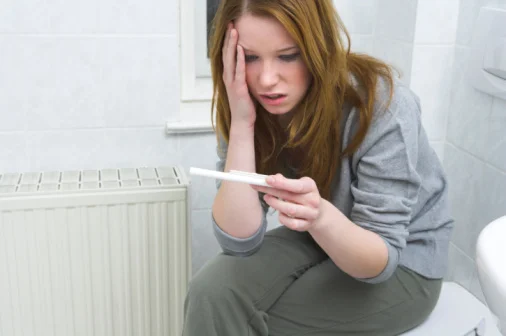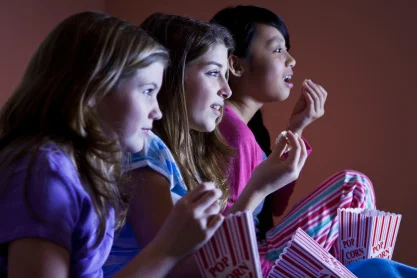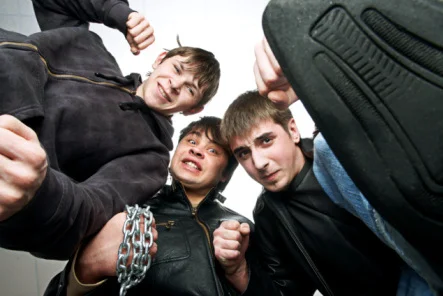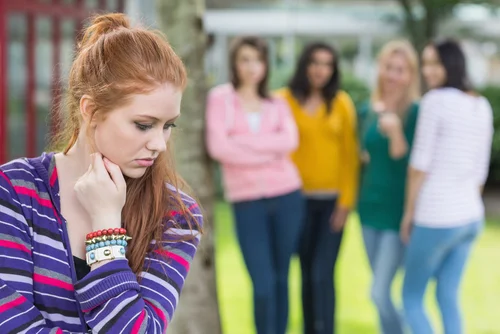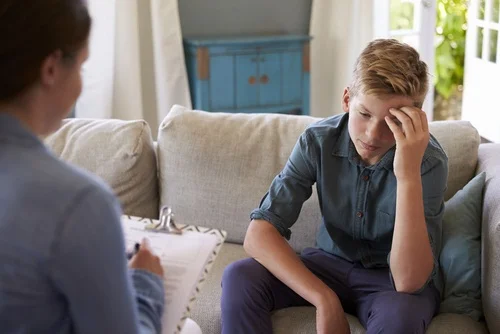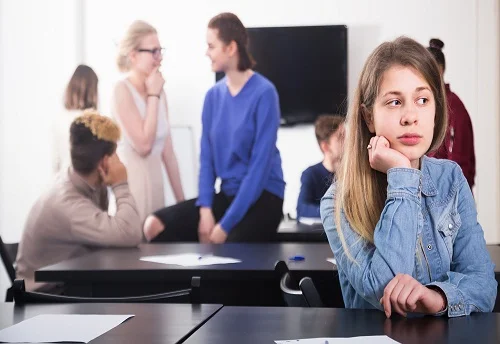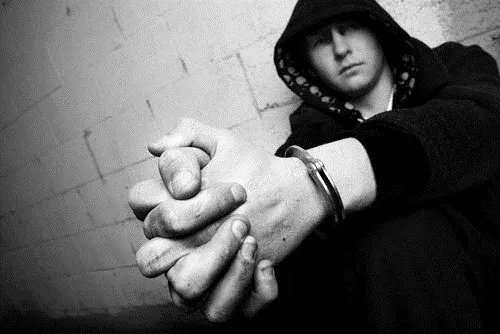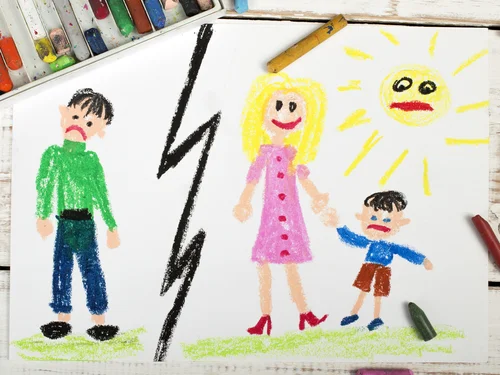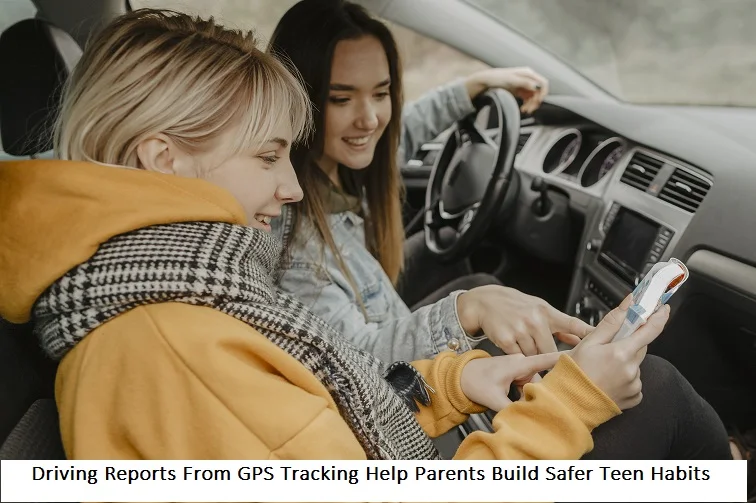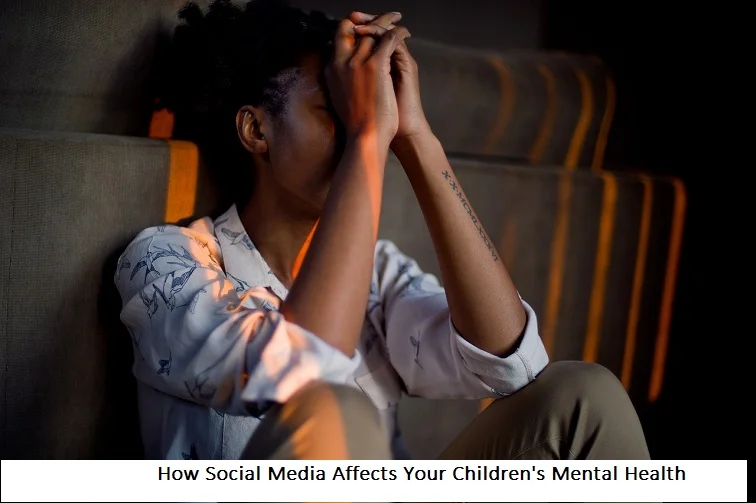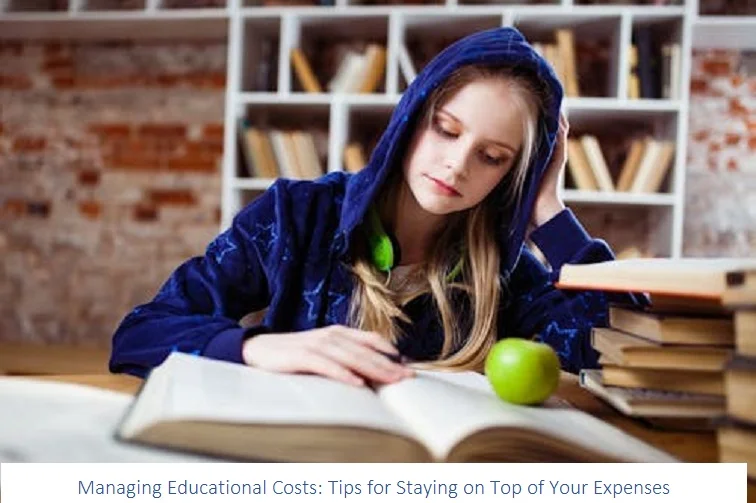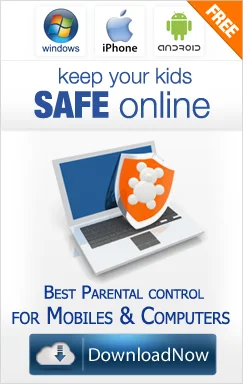+1 845 259 2974 (11 a.m to 7 p.m CST)
Does Peer Pressure Keep Kids Active and Alive?
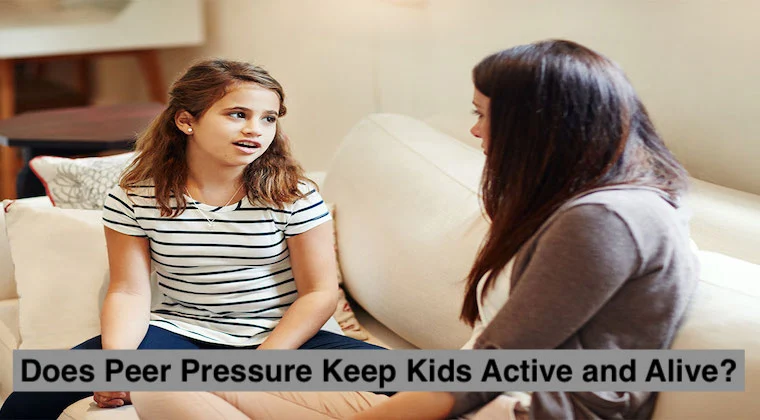
Peer pressure is often seen as a villain in the lives of young people, frequently linked to risky behaviors or poor decision-making. Yet, it would be a mistake to paint peer pressure with such a broad negative brush. When channeled in the right direction, peer influence can become a positive force, encouraging children and teens to embrace healthier habits, build essential life skills, and even safeguard their physical and mental well-being. In some cases, the right kind of peer pressure might not just help keep kids active—it could also be a factor in keeping them alive.
The Role of Peer Pressure in Physical Activity
Children and adolescents are naturally drawn to social interaction. Their peers have a significant impact on how they behave, dress, speak, and even how active they are. Positive peer pressure, in particular, can inspire kids to engage in physical activities, which are essential for their overall health and development. For instance, a child might decide to join a basketball team, take up running, or learn to dance simply because their friends are doing so.
Research published in the Journal of Adolescent Health highlights that peer influence can strongly predict a young person’s level of physical activity. When a child’s friends prioritize fitness or team sports, it often inspires that child to follow suit. This ripple effect can lead to a significant reduction in sedentary behaviors, which are linked to major health risks, including obesity, cardiovascular diseases, and even early mortality.
Moreover, these activities contribute to physical health by improving cardiovascular fitness, strengthening muscles and bones, and helping to maintain a healthy weight. Importantly, when physical activity is a social experience, it becomes less of a chore and more of an enjoyable pastime, making kids more likely to stay active in the long term.
Social Bonds and Mental Health Benefits
Beyond the physical advantages, participating in group activities fosters emotional well-being. Socializing with peers during sports or recreational events helps children develop a sense of belonging, accomplishment, and purpose. These interactions provide much-needed stress relief, especially for teenagers navigating academic pressures, family responsibilities, and personal challenges.
Research by the American Psychological Association emphasizes the importance of peer connections in promoting mental health. Teens with active, supportive peer networks tend to be more resilient when facing difficulties. They are less likely to experience feelings of isolation or loneliness, which are significant risk factors for anxiety and depression. By joining activities where positive peer pressure is present, kids also build emotional connections that can serve as a buffer against life’s inevitable ups and downs.
Group activities often create a safe space where kids can express themselves freely and develop their self-esteem. For instance, successfully working with a team to win a game or learning a new skill through peer encouragement can bolster their confidence and equip them to tackle future challenges with a more positive mindset.
The Power of Healthy Competition
Peer pressure often manifests as competition, which, when approached in a healthy way, can push kids to achieve their best. A group of friends in a swim club might encourage each other to improve their lap times, or classmates in a dance class may push one another to perfect their moves. This kind of pressure encourages skill development and goal-setting—both of which are essential for personal growth.
Additionally, the discipline, teamwork, and time management skills that arise from regular participation in organized activities often translate into other areas of life. These lessons can contribute to academic success and better decision-making skills.
Interestingly, studies show that children engaged in structured group activities are less likely to participate in risky behaviors. Positive peer pressure can counteract the temptations of negative influences, such as experimenting with drugs or engaging in delinquent acts. It acts as a protective shield, keeping kids focused on productive, goal-oriented pursuits.
The Risks of Negative Peer Pressure
Of course, not all peer pressure leads to positive outcomes. Negative peer influence can push children toward harmful behaviors, such as skipping school, consuming alcohol, or engaging in reckless activities. The key lies in helping children recognize the difference between positive and negative influences.
Parents, teachers, and mentors play a crucial role in this process. Open communication is essential; when children feel comfortable discussing their social circles, they are more likely to seek guidance when faced with difficult choices. Parents can also foster resilience by encouraging kids to stand up for their values and providing them with tools to navigate challenging peer dynamics.
Another strategy is to ensure children have access to diverse activities that promote healthy peer interactions. Schools, sports organizations, and community programs can provide structured environments where kids are exposed to positive role models and supportive peer groups. These settings naturally encourage constructive peer influence, reducing the likelihood of falling into negative patterns.
Building Long-Term Habits
When positive peer pressure encourages kids to adopt active lifestyles, the benefits often extend well into adulthood. Habits developed during childhood and adolescence tend to stick, making early exposure to physical activity and healthy competition critical. The teamwork and leadership skills developed in youth sports, for example, often translate into professional success later in life.
Furthermore, consistent physical activity reduces the risk of developing chronic illnesses, such as diabetes, high blood pressure, and even some types of cancer. Children who grow up valuing physical fitness are more likely to continue exercising regularly, reinforcing a lifelong commitment to health.
A Force for Good
Peer pressure, while often maligned, has the potential to be a life-enhancing force when channeled positively. By surrounding kids with peers who prioritize health, fitness, and personal growth, we can create a ripple effect that inspires active, engaged, and empowered individuals.
The answer to whether peer pressure can keep kids active and alive is a resounding yes. With the right guidance and opportunities, peer influence can motivate children to make choices that improve their physical and mental well-being. By fostering environments where positive peer pressure thrives, we can ensure that young people not only stay active but also develop the resilience and skills needed to lead fulfilling lives. In the end, peer pressure is a double-edged sword—but with the right approach, we can turn it into a powerful tool for good.

